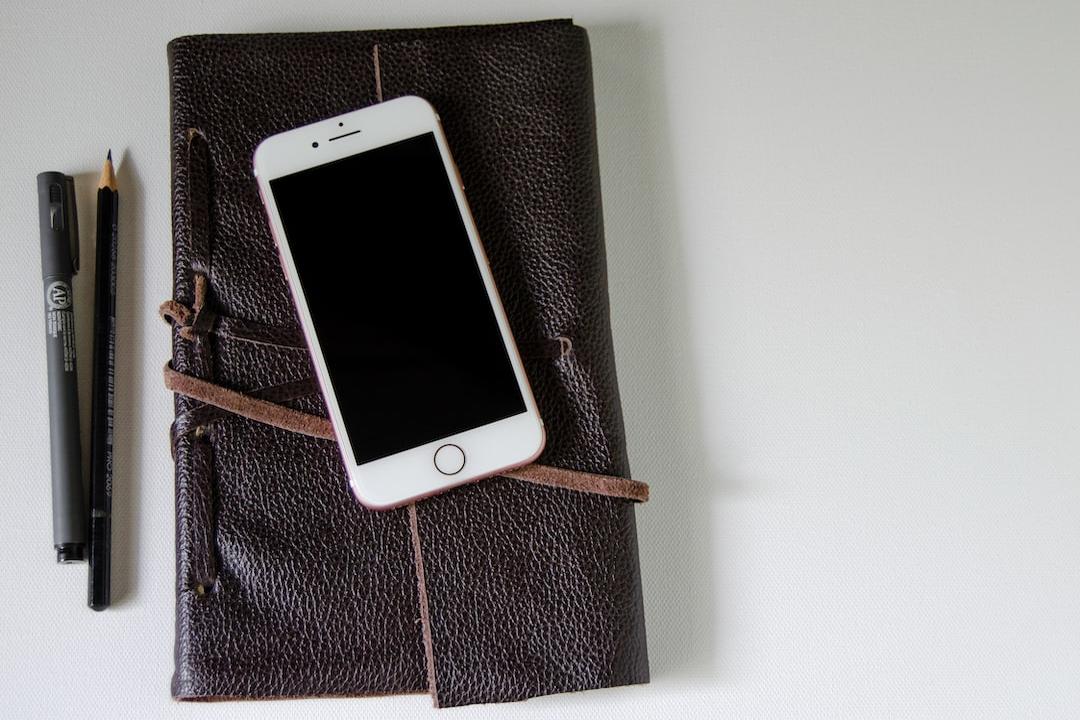How high is the concentration of Web3 on the Jambo Phone?
(Previous Summary:
Web3 phone craze: What are the features and potential success of the $99 JamboPhone by Aptos?
)
(Background Supplement:
Pre-order tutorial: The ambush of the second-generation Solana Saga phone “airdrop attack”, historical endowment, and potential cooperative projects, all in one view
)
Table of Contents:
What level of phone is the Jambo Phone?
Is the Jambo Phone a “qualified” Web3 phone?
Conclusion
On January 11th of this year, Jambo announced the launch of the blockchain phone, Jambo Phone. Initially, this hardware device did not cause much of a stir. However, on February 15th, a month later, another announcement changed everything. Jambo announced that it would “collaboratively sell” this phone with the Aptos Foundation, the phone priced at $99 with a “gold-plated” finish.
Although the first-generation Solana Saga was “awarded” as the worst phone of 2023, its airdrop value far exceeded the price of the phone itself. The phone sold out immediately and became a recognized gold shovel. The second-generation Solana Mobile was able to sell over 60,000 units in just three weeks, despite its price of $450 and the fact that production would not begin until 2025. In comparison, the Jambo Phone, priced at only $99 and already available for shipping, is simply “dirt cheap”… ummm…right?
As for some background information, Jambo is headquartered in the Congo and its core product is a Web3 portal focused on “Learn & Play & Earn.” In 2022, it completed a $7.5 million seed round and a $30 million Series A financing, with investors including Paradigm, Coinbase Ventures, and Pantera Capital, among other top institutions. Although Aptos has performed slightly weaker than its “direct competitor” Sui in terms of coin price in the past six months, its TVL and coin price have shown a strong upward trend in the past month. The timing of this acceleration is similar to the timing of the announcement of the collaboration between the two, which is quite intriguing.
Here, I will skip the 200-word purchase process (I believe that after you have finished reading it, you may not care about this part that has been omitted), and go straight to the unboxing and answer some questions about the phone’s configuration.
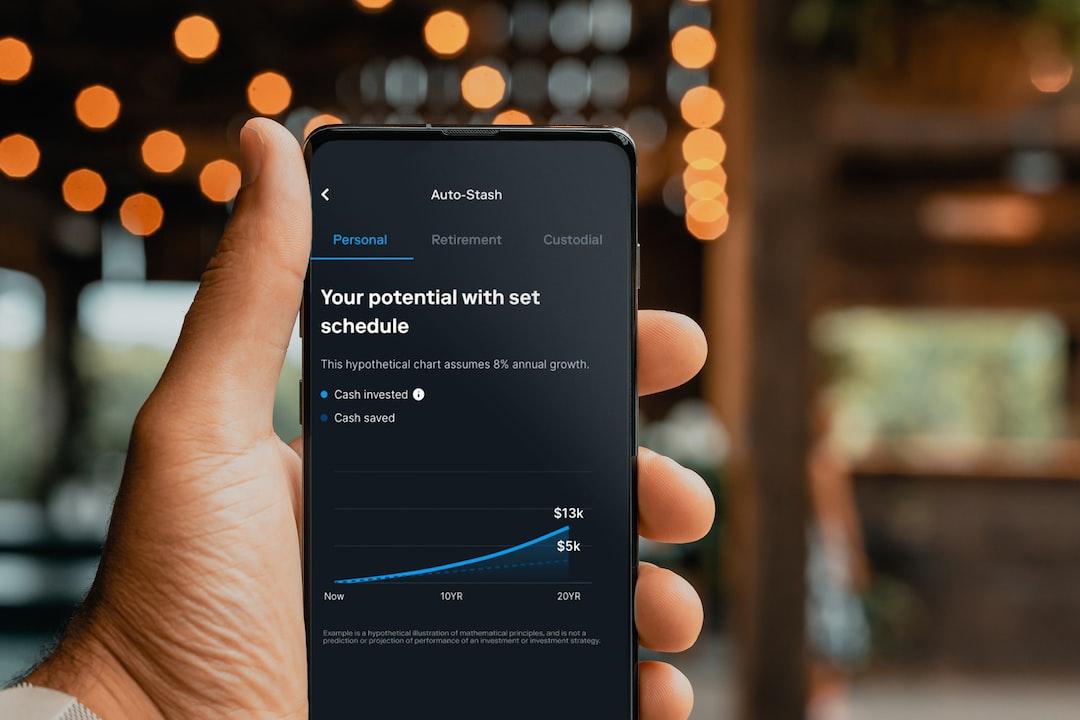
Even though the phone does not turn on, the texture is not particularly bad, although the inconsistency between the SIM card slot color and the middle frame, as well as the large gap caused by the workmanship, constantly remind you that this phone should only cost a hundred dollars, or more accurately, it should not exceed 500 dollars. If you have prepared for this mentally, the thick chin on the front should be more acceptable.
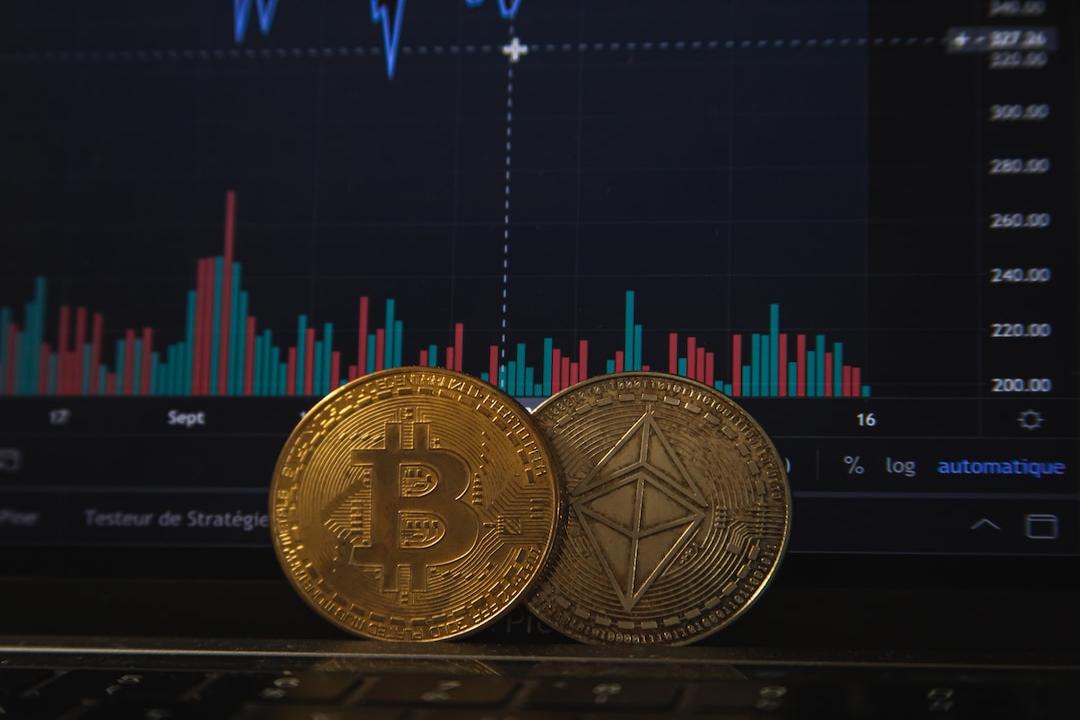
In addition to the main body of the phone, the packaging box also includes a silicone case that can withstand a one-meter drop, a very plastic 5V2A charger, and a cable that looks and feels mediocre. It is worth mentioning that the phone comes with a case, which is commendable. It is difficult to get a case for this niche model if it is not included. My Saga is still running naked.

There is not much to say about the system itself. It is a pure native Android 13 system with few pre-installed apps. It looks like a Web3 phone to some extent, and at least it has the Petra wallet. However, I will explain the “however” in more detail later.
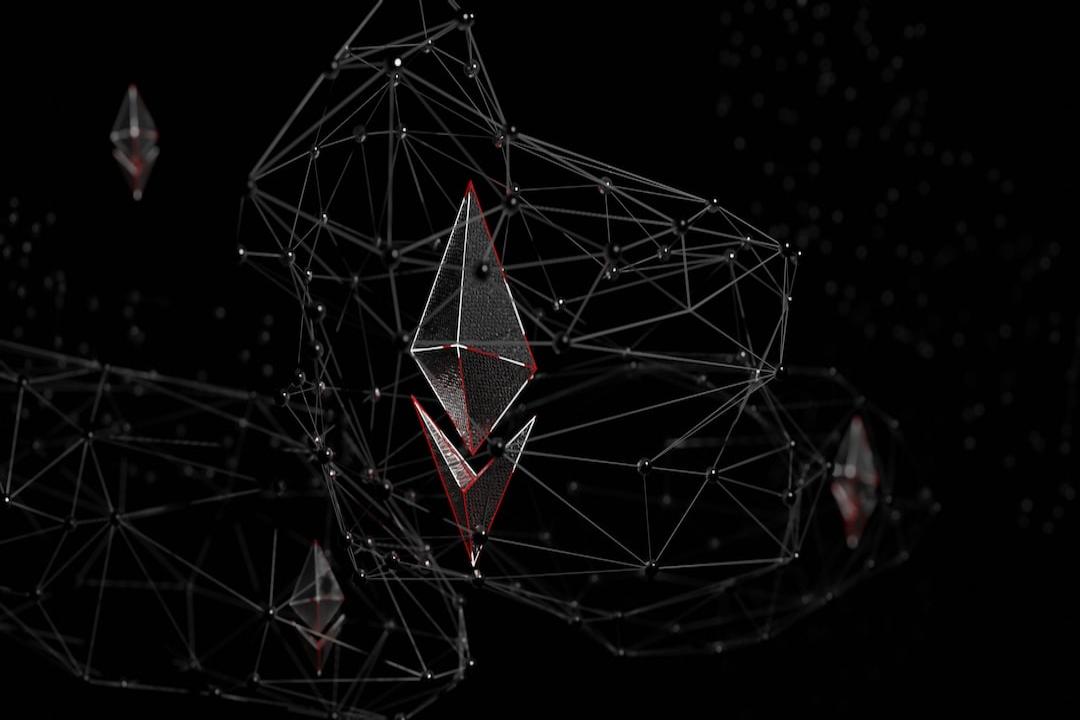
Because the official promotional materials do not provide detailed hardware configuration information for this device, I first checked the specific configuration. It is equipped with the T606 processor from Purple Light Zhanrui, 4GB RAM, and 64GB ROM. If you are not familiar with the T606, simply put, it is at a level similar to the Qualcomm Snapdragon 625, which is a mid-range chip released in 2016. In 2016, Bitcoin was only worth $400, and Ethereum finally broke through $1 in January of that year…
Speaking of the T606 chip, it has 8 cores, including two A75 big cores and six A55 small cores. The A75 big core was already considered a small core when it was used in the Qualcomm Snapdragon 690, a mid-to-low-end chip released in 2020. Using a performance level that was barely passable eight years ago and applying it to the present, it is evident how disastrous it is. After all, in that year, WeChat had just become popular. Now, take a look at how much space WeChat occupies on your phone. 10GB? 30GB?

In terms of specific data, the AnTuTu score is 240,000 (the score of current flagship Android phones has exceeded 2.1 million), the Geekbench6 score is over 381 for single-core and over 1357 for multi-core, and the 3DMark Wild Life score is 420 with an average frame rate of 2.52. Its main selling point is its benchmark score, and that’s about it. For comparison, the Redmi Note 12, which was released last year with a price of 800 yuan, uses the Snapdragon 4Gen1, a low-end processor. Its Geekbench6 scores are over 844 for single-core and over 2087 for multi-core. You can calculate the difference by yourself. As for the difference from flagship phones, it’s a bit cruel, so I won’t provide the comparison.
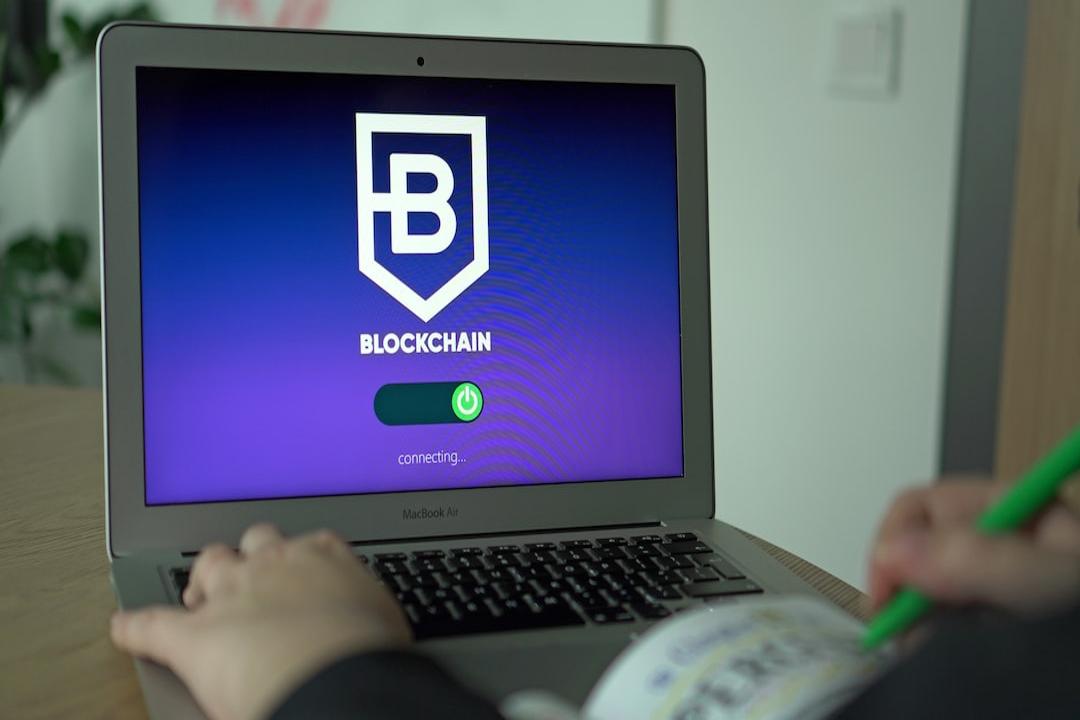
The screen is a 6.52-inch IPS display with a resolution of 1600*720. The refresh rate is 60Hz, the colors are dull, and the pixel density is 269 PPI. The memory is LPDDR4x dual-channel. It has a dual rear camera, with a main camera of 13 million pixels and a secondary camera of 300,000 pixels, which is a standard auxiliary lens. I didn’t check the specific sensor used, but it is sufficient for scanning codes. Don’t expect too much from it, so I won’t provide any samples here.
The battery capacity is 4,900mAh, and the battery life is relatively practical. After using the phone for a whole day, including testing and leaving it idle without knowing what else to do with it, the battery only dropped by a little over 20%. I haven’t had this kind of experience even with the Red Magic 9 Pro, which has an insanely large battery. It seems that as long as the phone is bad enough that you don’t want to touch it, the battery life can be improved several times (bushi).
So far, I have covered the hardware part, and during the unboxing process, I happened to come across the AGM Z1, a public model product launched last year. This phone has many similarities with the Jambo Phone in terms of the processor and mold, but the memory combination is 8+128, the screen supports a 90Hz high refresh rate, and the main camera has a resolution of 50 million pixels. It also supports side fingerprint unlocking, which Jambo Phone does not have. The price of the AGM Z1 is 599 yuan…
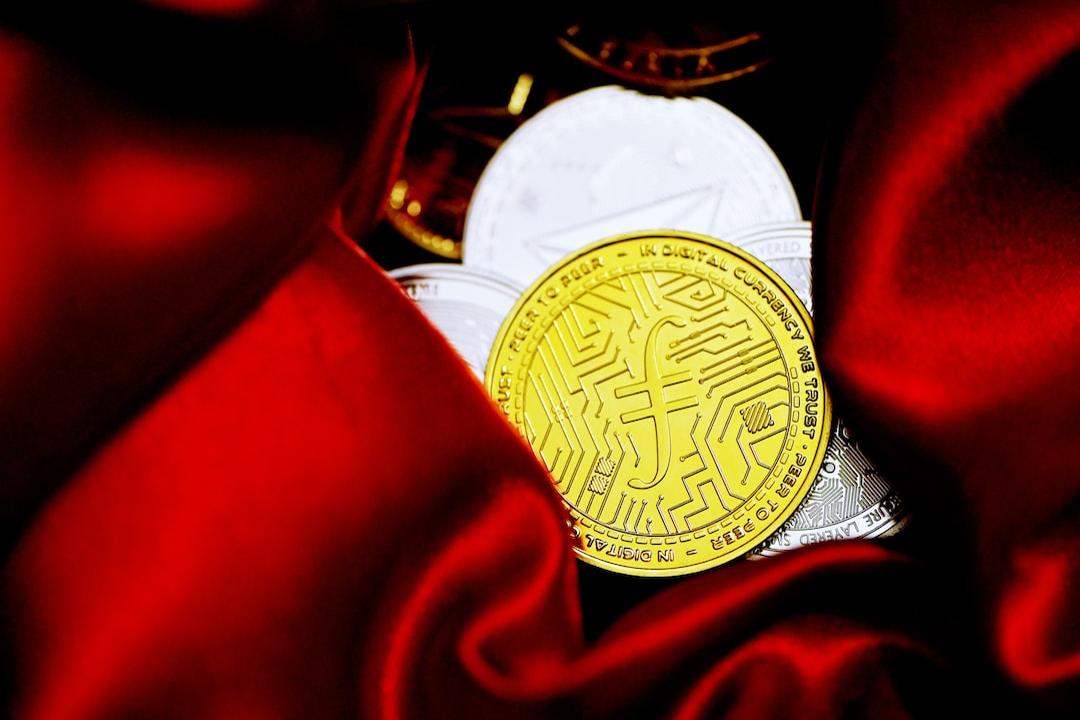
Now, let’s talk about the “concentration” of Web3, or Aptos, on the Jambo Phone. Regardless of your expectations, you may be disappointed.
First of all, the pre-installed applications on the phone only include the Petra Wallet, and this version is just the regular Google Play version of the application without any customization. In addition, the phone does not have any “DApp application market,” and only the native Google Play is built-in.
After logging in for the first time and creating or importing the Aptos wallet, there are no “certificates” sent to the wallet. In simple terms, even if you log into your wallet on this device, it will not generate any identifiable traces on the chain. This is extremely fatal for the so-called “airdrop expectations” because if you have any ordinary Android phone, you can download the exact same Petra Wallet application. You can do everything that the Jambo Phone can do.
As for the “Web3 super app” Jambo itself, the wallet initialization in the built-in application version of the phone has always had problems. I have seen feedback from more than one person on the X platform with similar issues, and the official has not yet responded to this issue. In the limited testable features, this version of the Jambo application should not have any customized components and is completely consistent with the regular Jambo mobile application.

The tasks built into Jambo are mainly software downloads, social media followings/likes, and other very Web2 actions. Task verification still requires submitting screenshots…
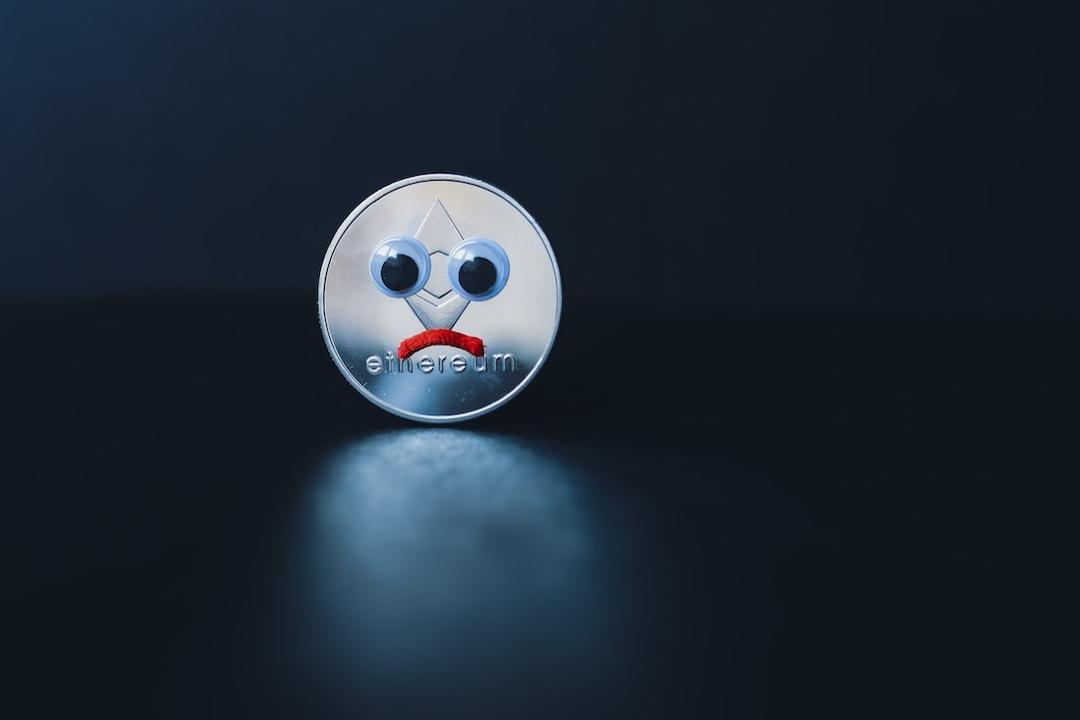
The situation with other built-in applications is not optimistic either. Basically, there are two situations: 1. They cannot be opened; 2. They have nothing to do with Web3. Even for those that can be used normally, there are no customized components, such as a small fox wallet.
In comparison, Solana Saga sends SBT NFT to the bound Solana wallet address when the device is activated, and this is the most important on-chain certificate for subsequent airdrops. In addition, the phone has a customized DApp application market embedded in the system and directly integrates a seed library at the system level. The wallet also realizes a system-level interactive experience. SBT NFT holders can directly serve as airdrop judging conditions, and the airdrops of Bonk and Chonky are distributed through this method.
In short, at this point in time, in the current system version, the Jambo Phone cannot be seen as having any “airdrop potential.”
The only possibility lies in hoping that with future major system updates, the Jambo and Aptos teams can truly create some customized applications. However, whether this hope can come true is a huge question mark.
Solana Mobile Saga is not actually the first Web3 concept phone, but previous Web3 phones launched by HTC and Vertu were not successful. It is only because of Solana’s outstanding performance in the past six months and the innovation in the “game design” of Solana Mobile that Saga has been elevated to a height far beyond the hardware value of the phone.
However, Jambo, which seems like a relatively simple task that can be copied, has proven through actual actions that not everyone can do it well. It is believed that we will see more so-called Web3 phones in the future, but whether these devices can also become gold shovels and whether they can receive the premium of Web3 is clearly not an absolute “YES.”
Lastly, I hope that Jambo and the Aptos Foundation can provide more empowerment in the future updates of Jambo Phone. Otherwise, this bad phone can only be placed in the cabinet as a constant reminder.

Related Reports
Youtuber with over 10 million subscribers criticizes Solana Saga as the “worst phone of the year”: outdated design, small battery… airdrops cannot save it
Solana “Saga Phone” is more expensive than iPhone 15! Multicoin predicts: there will be more Solana airdrops within a year
How much profit can you make by buying the $599 Solana Saga phone at its original price now?


